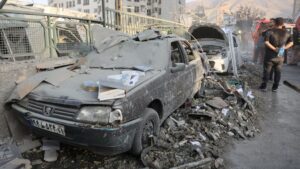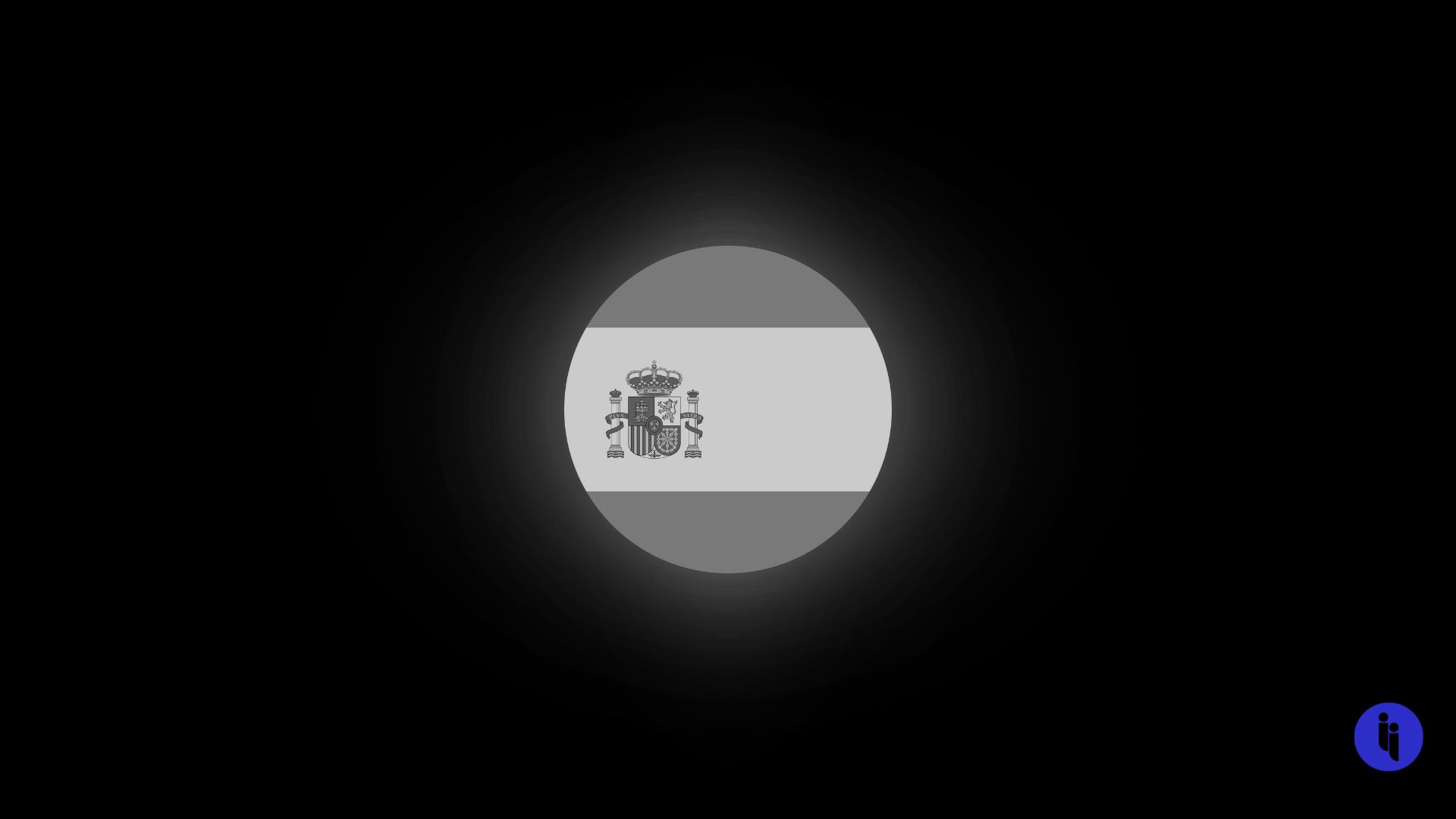You thought your Monday was tough? Spare a thought for the 50-70 million across Portugal and Spain who, at noon, crashed face-first into a mass blackout — phones down, traffic lights out, passengers stuck on trains, kids stranded on rollercoasters, toilet paper panic-buying (always the TP), and government pleas to stay home. For up to 24 hours!
So, er, what happened?
Prime Minister Sánchez urged folks not to speculate, but the blame game kicked in more quickly than the power:
Stay on top of your world from inside your inbox.
Subscribe for free today and receive way much more insights.
Trusted by 142,000+ subscribers
No spam. No noise. Unsubscribe any time.
- Sánchez himself quickly threw shade at the European grid system
- Others feared sabotage given Russia’s hybrid war on Ukraine’s backers, and
- Still others blamed an over-reliance on renewable energy.
But Portugal’s grid operator has now ruled out a cyberattack, instead pointing the finger at a “rare atmospheric phenomenon” of shifting temperatures; Spain’s operator has flagged that grid vibrations played a role; and a European energy industry body has (echoing Sánchez above) blamed “an interconnector between France and Spain”.
So… which was it? The most plausible theory we’ve seen kinda blends the above:
- Extreme temperature variations hit Spain’s interior
- That caused wild oscillations along Spain’s high-voltage lines
- This instability spread to Portugal via their integrated grid
- That all caused ‘synchronisation failures’ with the broader European network
- Various power assets then automatically disconnected to avoid damage, leading to a mass blackout and sudden nationwide urge to buy toilet paper.
So it looks like an extremely rare weather event was the initial trigger, but there’s now a fierce and nerdy debate on whether other factors then exacerbated the instability:
- Renewables? Both Spain and Portugal have high renewable penetration, implying a weather-dependent supply that could stress grid stability if not handled properly
- Inertia? Renewables can provide less grid inertia (stability from rotating generators), which could mean less resilience and worse cascade effects, and
- Interconnection stress? Renewables can lean on interconnectors to balance supply, which could’ve contributed to the sudden failure of the Spain-France link.
But others note that a) we’re still gathering the facts, b) the grid operators know how to manage renewable variability, c) the scale of the outage (15GW lost in seconds) suggests a systemic grid failure, similar to d) Italy’s mass outage of 2003, which hit a dirtier grid.
Anyway, based on all this initial and incomplete data, wild weather appears to have been an immediate trigger, and neighbours like France and Morocco appear to have been key to helping get local systems back online.
Intrigue’s Take
This remarkable event will ripple through time and space in at least three ways:
- First, politics: Spain’s shockingly handsome but polarising leader (Sánchez) was already skating on thin ice after barely clinging to power with the help of separatists. His standing then took another hit over his response to Spain’s flash floods that killed 232 people in October. And now this? Ufff….
- Second, geopolitics: this will accelerate some of the centrifugal forces at the heart of the European project, whether you blame interconnection as the disease or credit it as the cure (initial evidence suggests it might be both), and…
- Third, the economics: you’ll recall we were at Houston’s CERAWeek last month, where a passionate-if-unsexy contingent of grid operators argued we need a mass grid upgrade to cope with our AI and energy transition. These grid types are kinda like Luke Hemsworth, doing years of underappreciated work across four award-winning seasons of Westworld, while his more famous brothers Chris and Liam are off flashing their ripped solar panels (Avengers) and chiselled wind turbines (The Hunger Games).
But while those aching grid operators might now get their day, another star is rising: we have today’s vast and costly grids in part because they were built for 19th Century energy too dirty to just generate next door. So we get the above disease/cure dilemma, with vast grids that can pump distant energy into your home, but also distant blackouts.
That means, regardless of the specific factors driving each grid collapse (and the world’s now seen quite a few in the last couple of decades), there’ll be more folks arguing not so much for costly grid upgrades, but for something even bigger: grid decentralisation.







